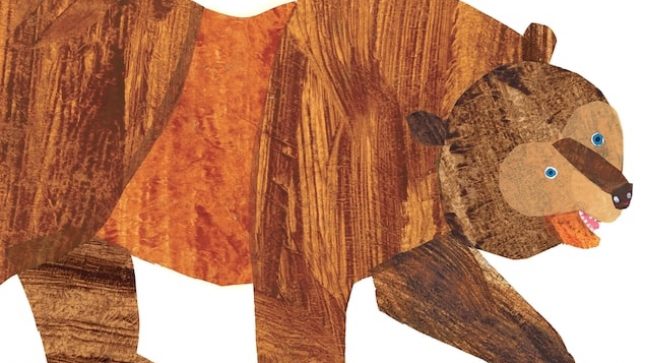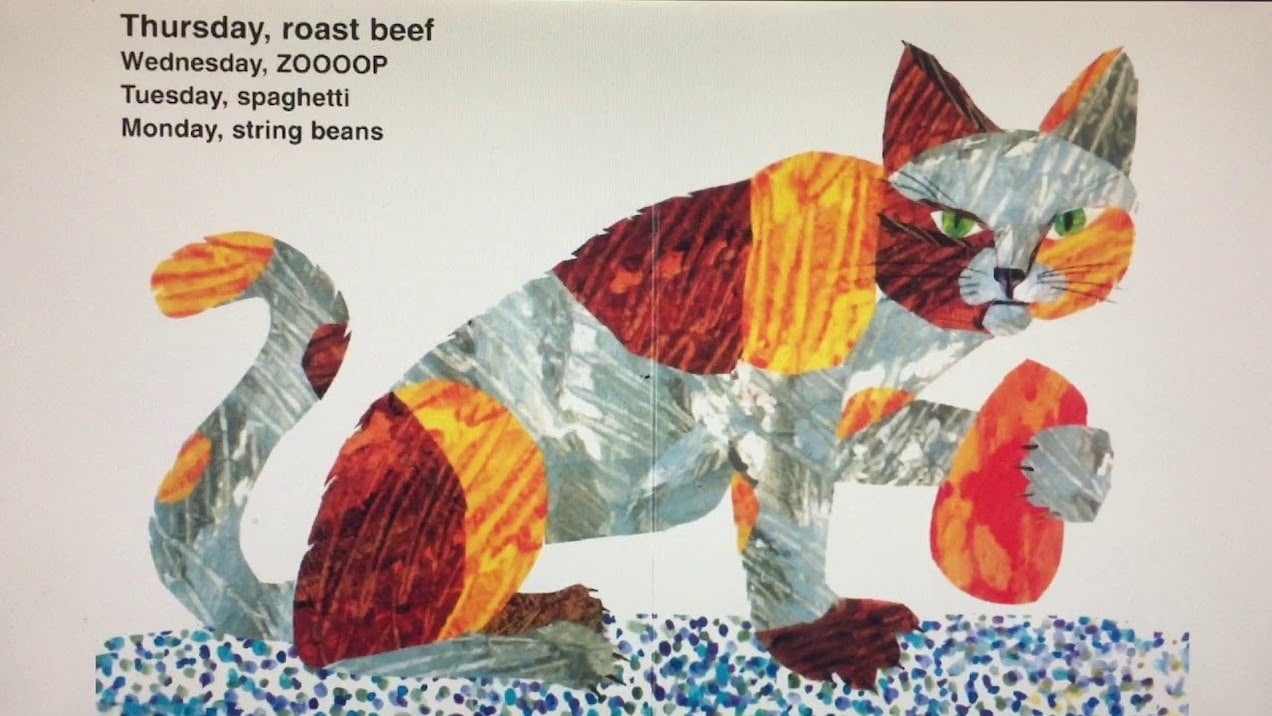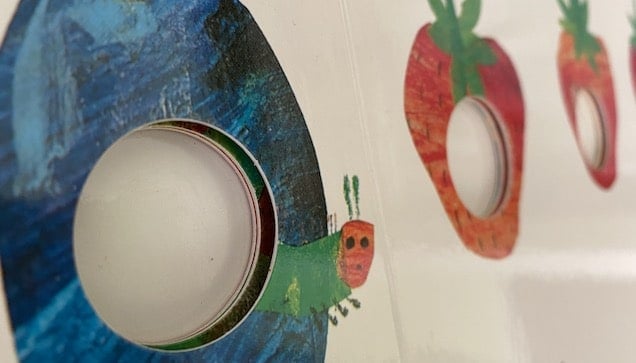Series: Book Ideas
Beloved Eric Carle Books Illustrate the Math in Story Time

For over 50 years, millions of children have returned again and again to the books illustrated and written by Eric Carle. Kids can’t get enough of his colorful collages, animal characters, and rhythmic texts. The beloved author died this spring at age 91, and what a legacy he left behind.
Although enjoyed by many, not all of these children — or their parents and teachers — realize that Eric Carle very intentionally built math and science into most of his books. What a wonderful time to celebrate Eric Carle books and the math that can be found in his amazing and timeless work.
Pattern Found in the Works of Eric Carle
Nearly all of his books bring out Big Ideas related to Pattern, which is the foundation for mathematical thinking. Children and all people innately look for and find patterns in the world around them. It is one of the most natural parts of being human. And, searching for pattern and structure is a key practice of mathematics.
For children, reading books is a natural time in which they can discover patterns in the illustrations, the words, and even the page design. Adults can point out the beginning “rules” of patterns while making observations along the way.
After a few readings of a book like Brown Bear Brown Bear, many children see the repeating pattern found in the language that structures this earliest book illustrated by Eric Carle. By the time they are 4- or 5-years-old, many can accurately “picture-read” the book with great expression. But with a little encouragement, they also will be able to contribute to a personal or classroom version of the story. There are endless possibilities for using the same structure of the book with different animals or themes.
Growing patterns abound in Eric Carle books as well. Take for example Today is Monday.

The book’s pages list a menu of foods that add one more dish for each day of the week. As the week progresses, so does the length of the list of foods. As the rhythmic text is sung aloud, children experience the +1 growing pattern in a multisensory way. They hear the growing length of the verses. They hold an ever-increasing list of foods in their working memory… and keep them in a fixed and predictable sequence. And finally, they may even run out of breath by the time Sunday comes around and the list of foods totals seven dishes!
Another way to make the growing pattern evident is to create a set of cards showing the different dishes. Cut pictures from grocery store fliers and glue to index cards. Or better yet, ask children to make the illustrations. You can learn about the way Eric Carle paints tissues on his website. The cards can be displayed along with the song to depict the fixed and predictable sequence of the growing pattern.
Number Sense and Counting in His Books
Many of Eric Carle’s best known books explore Big Ideas about number sense and counting also. These math topics are also governed by mathematical patterns, but the focus is on seeing quantity. They support children’s developing understanding that numbers are attributes that name the quantity of a set — they are adjectives that tell us how many of what.

Rooster’s Off to See the World and 1, 2, 3 to the Zoo allow children to practice counting, a growing pattern that follows a very strict rule that each number names a quantity that is one more than the one before it and one less than the one that follows. That makes it possible to predict and calculate exact quantities, even though the “what” may be made up of many different items. The illustrations in both of these books show the cumulative nature of counting by repeating the sets of animals as more are added on. This mathematical idea, known as hierarchical inclusion, helps children understand that numbers are composed of smaller quantities. That is, four includes a set of 3, two sets of 2, and four ones.
The Very Hungry Caterpillar is another well-known Eric Carle book that distinctly uses number sense and counting to show how many of each type of food the caterpillar worms his way through… before transforming into a beautiful butterfly! Children love the way the width of each page expands. This allows them to count the holes as well as the food items he eats.
Classic book The Very Hungry Caterpiller and other Eric Carle books are found in most classrooms and at-home bookshelves. Like many early math resources, educators and parents don’t have to purchase a new book or buy expensive manipulatives to find pattern, counting and number sense learning opportunities. Books such as Eric Carle’s have had them right there all along. And they align with the math concepts that are developing in children’s mathematical thinking at early ages.

Additional Resources
Introducing Patterns to Preschoolers (pdf)